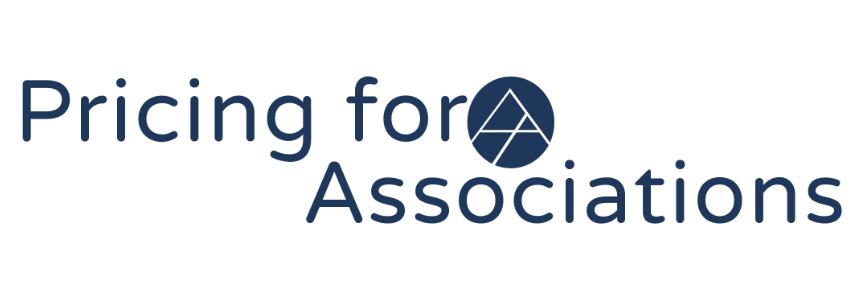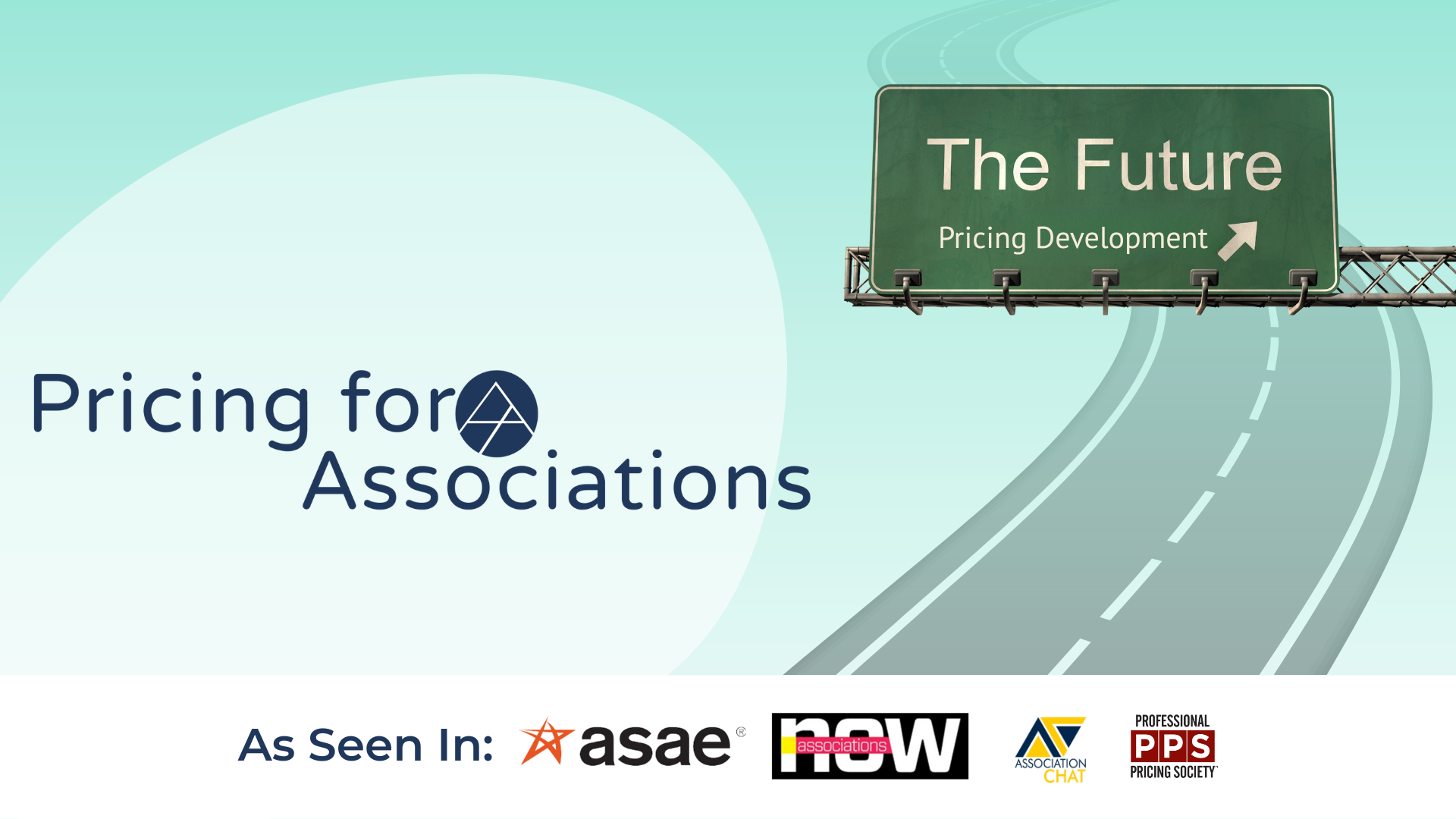The Future of Professional Development Pricing: What Every Association Needs to Know
Are your professional development programs priced to deliver both value and sustainability?
For many associations, pricing education and training opportunities is becoming more complex. Shifts in member behavior, growing competition from outside providers, and rising expectations mean that the old approaches—like simple cost-plus pricing—no longer deliver results.
To maximize revenue and impact, associations need to rethink professional development pricing with a more strategic, value-focused lens.
The Core Challenge
Professional development is often a cornerstone of association value, yet many organizations leave revenue potential on the table. By treating pricing as an afterthought, or relying on outdated models, associations risk inconsistent margins, undercutting affiliates, and confusing members.
The solution lies in shifting pricing strategy from a reactive, one-time decision to an intentional, annual, and value-driven process.
Key Strategies for Pricing Professional Development
1. Move from Cost-Plus to Value-Based Pricing
Stop calculating prices only by covering costs. Instead, align pricing with the value members perceive—positioning your offerings as worth the investment rather than simply affordable.
2. Focus on Profit Margins, Not Just Revenue
Topline growth doesn’t always equal sustainability. Associations should monitor both revenue and margins to ensure professional development programs remain financially healthy.
3. Leverage Technology for Pricing Management
Your Association Management System (AMS), Learning Management System (LMS), or other tools should support tiered pricing, categories, and dynamic adjustments. Without the right tech stack, even strong strategies can falter in execution.
4. Make Pricing an Annual Strategic Process
Integrate pricing into your governance and planning cycle. Regular reviews help normalize small, incremental increases and keep your pricing aligned with member value and organizational goals.
5. Design Win-Win Models with Chapters and Affiliates
Avoid undercutting local partners with free or discounted national offerings. Instead, create pricing frameworks that balance headquarters and affiliate needs.
6. Rethink Event Pricing in the Hybrid Era
Hybrid events often underperform financially. Before defaulting to a hybrid model, weigh the true ROI and ensure pricing consistency between virtual and in-person options.
7. Normalize Incremental Price Increases
Small, steady annual increases are easier for members to accept than sporadic, steep jumps. This approach builds predictability and confidence.
8. Ensure Pricing Transparency Across Offerings
Consistency between formats and fairness across audiences reinforces member trust and strengthens your overall pricing credibility.
How to Put These Insights Into Action
To bring these strategies to life:
Reassess your pricing framework with a focus on perceived value rather than just cost recovery.
Audit your profit margins alongside revenue metrics to ensure true sustainability.
Confirm your technology can manage categorical or tiered pricing.
Build pricing reviews into your annual strategic planning cycle.
Develop affiliate-friendly pricing models that protect local partners.
Reevaluate the real ROI of hybrid events before committing resources.
Use incremental increases to create a stable and predictable pricing environment.
Maintain transparency and fairness across all professional development offerings.
Conclusion
Professional development pricing is no longer just about covering expenses—it’s about reinforcing your association’s mission, strengthening member trust, and ensuring long-term financial sustainability. By adopting value-based strategies, building pricing into annual planning, and normalizing transparent, incremental increases, associations can maximize both revenue and impact.
Are you ready to tackle your association’s pricing problems? Visit www.pricingforassociations.com today to schedule a virtual coffee chat where we can discuss what your organization needs and how we can best support you.


